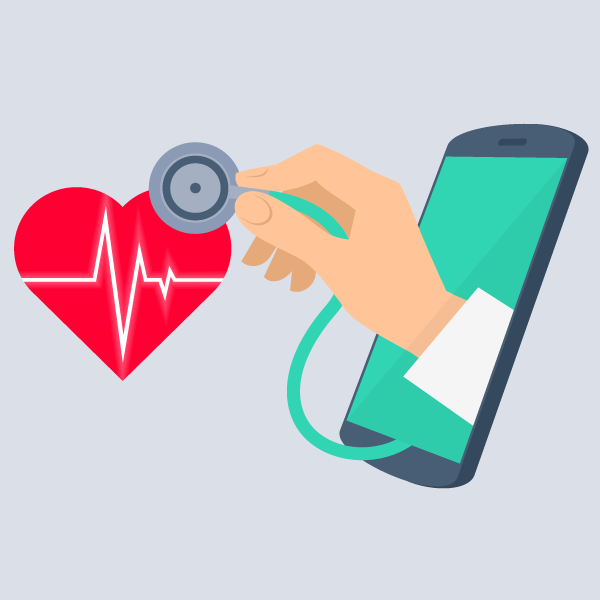AARP Hearing Center

Several months ago, a 79-year-old woman went to the emergency room of Upstate University Hospital’s Community Campus in Syracuse with confusing symptoms. One moment she was completely paralyzed; the next moment she felt fine.
Suspecting a stroke, the doctors used a video link to connect her with Hesham Masoud, a neurologist at Upstate’s downtown location. Masoud observed that the patient had trouble communicating and had weakness in her right arm. A CT scan confirmed the stroke diagnosis.
She was given a clot-busting drug and transferred downtown. Her clot soon dissolved, and she went home the next day. “It’s helpful to have another set of eyes on what’s going on,” Masoud said.
Soon, many more New Yorkers will be able to take advantage of telehealth for checkups and treatment by their doctors without leaving their homes.
The new state budget includes a proposal by Gov. Andrew Cuomo (D) to expand Medicaid reimbursement for telehealth services in patients’ homes. The expansion, in effect this month, was a legislative priority for AARP New York. More than 6 million state residents are enrolled in Medicaid.
“Not every medical condition requires a trip to the doctor’s office,” said Bill Ferris, AARP New York state lobbyist. “Expansion of telehealth holds the promise of providing quality health care to older adults with chronic health conditions that directly impact their mobility.”
Help for rural residents
Using telehealth could be very beneficial for older adults with disabilities and residents of rural areas, where a trip to a clinic or hospital can take hours. But it’s used sporadically. A survey last year by Excellus BlueCross BlueShield found that 6 percent of upstate adults have used telehealth, though that is changing.
Masoud oversees a recently created telemedicine network for stroke care that includes 12 hospitals in the Syracuse area, and it plans to expand.
The New Jewish Home, a major health system for older adults in New York City and Westchester County, just arranged a 24/7 video link with Mount Sinai Hospital, so doctors there can diagnose patients in real time.
In February, New York City expanded its telehealth services to female patients at its Rikers Island jail complex so they can avoid what are often all-day hospital visits to see specialists.
“Visually seeing a patient—making that personal connection—helps the patient and improves patient satisfaction,” said Zachary Rosner, chief of medical service for the city’s Correctional Health Services.
Howard Zucker, state health commissioner, said expanding Medicaid reimbursement for telehealth in patients’ homes could change the way medical services are provided.
“This is a paradigm shift in how we give care, and it will be for the better. Many of these technologies are going to make it easier to keep people at home when you don’t have to go to the hospital,” he said.
Zucker noted that he is able to use telehealth to check on his father, 98, who has several high-tech medical devices.
“This is the future,” Zucker said. “The population is aging, and we need to marry together technology, aging and caregiving for the benefit of everyone.”
Philip Lentz is a writer living in New York City.































































